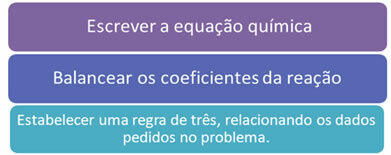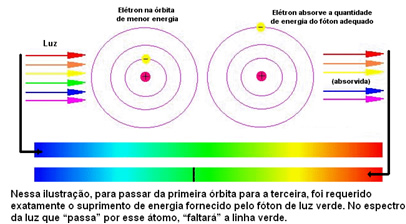Isomery is the phenomenon characterized by the occurrence of two or more different substances, which have the same molecular formula, but different structural formulas.
on call flat isomerism the difference between two isomers (compounds that undergo isomerism) is verified through the study of their flat structural formulas. We have five cases where this isomerism occurs.
• Position Isomerism: the isomers have the same type of chain and belong to the same function, however, they differ in the position of a functional group, an unsaturation or a branch.

The difference between the isomers is in unsaturation (double bond), indicated by the numbers 1 and 2.
• Chain Isomerism: the isomers belong to the same function, but have different types of chain.
• Function Isomerism: the isomers belong to different functions. This isomerism occurs mainly with the functions: phenol, alcohol, ether, aldehydes and ketones, carboxylic acid and ester.

The alcohol and phenol above have the same molecular formula: C
7H8O, but belong to the functions:Phenols: compounds that have the hydroxyl group (-OH) directly linked to the aromatic ring.
Alcohols: have (-OH) bonded to saturated carbon.
• dynamic isomer: also known as tautomeria, is a particular case of isomerism, in which the isomers belonging to different chemical functions establish a dynamic chemical equilibrium.

Aldehyde Enol
If we replace the aldehyde reagent with a ketone, we will have the same product (enol):

Ketone Enol
We then say that aldehyde and ketone (different chemical functions) are tautomers (isomers).
• Compensation Isomerism: in this case, the isomers belong to the same function and have the same type of chain. The difference is in the position of the heteroatom. Remembering that heteroatom is an atom different from carbon present in carbon chains. Example:
Do not stop now... There's more after the advertising ;)
Both chains belong to the function (Amine) and hold the same amount of carbons and hydrogens. The differential is in the N (heteroatom) position. In methyl-propyl amine, nitrogen is at the end of the chain and in diethyl amine it is in the center.
By Líria Alves
Graduated in Chemistry
See more! space isomer
Would you like to reference this text in a school or academic work? Look:
SOUZA, Líria Alves de. "Flat Isomerism"; Brazil School. Available in: https://brasilescola.uol.com.br/quimica/isomeria-plana.htm. Accessed on June 27, 2021.


